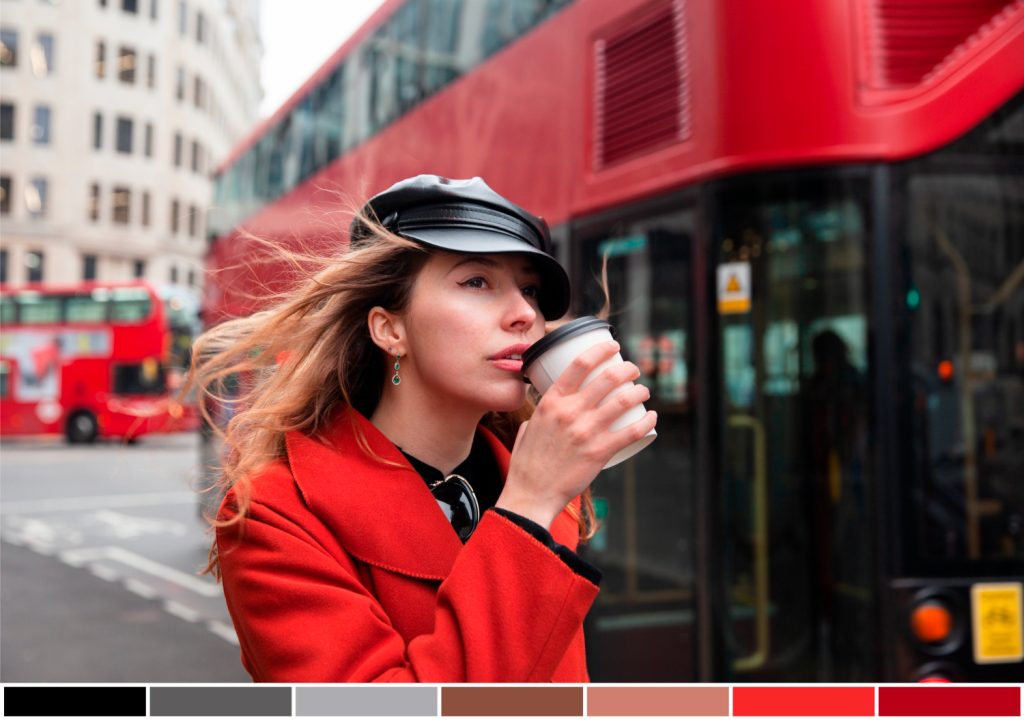Adobe Photoshop is the industry standard for image editing, but it’s expensive and often overkill for casual or freelance use. Fortunately, many free alternatives offer advanced features like layer editing, brushes, filters, color correction, and export support for PSD files—without the subscription fee. Whether you’re creating social media graphics, editing product photos, or making digital art, these free tools provide a Photoshop-like experience across Windows, macOS, Linux, and browsers.
1. GIMP (GNU Image Manipulation Program)
GIMP is the most powerful free alternative to Photoshop. It supports layers, masks, advanced selections, retouching tools, plugins, and even PSD file compatibility. It’s open-source and available on Windows, macOS, and Linux.
Best for: Professional-level editing with full customization.
2. Photopea (Web-Based)
Photopea is a browser-based image editor that looks and feels like Photoshop. It supports PSD, XCF, Sketch, and RAW files, and includes layers, blending modes, smart objects, and more—no installation required.
Best for: Photoshop users who want to work online for free.
3. Krita
Krita is a free, open-source painting and illustration program designed for digital artists. It includes powerful brush engines, animation tools, and layer management.
Best for: Artists and illustrators focusing on digital painting or concept art.
4. Pixlr E
Pixlr E is a fast, browser-based photo editor with support for layers, filters, retouching tools, and AI-based cutouts. It has a modern interface and requires no sign-up.
Best for: Quick and accessible editing directly from your browser.
5. Paint.NET
Paint.NET is a lightweight and user-friendly image editor for Windows. It includes basic layer support, filters, plugins, and a wide range of editing tools.
Best for: Beginners and Windows users wanting simple but powerful features.
6. Darktable
Darktable is an open-source photo post-processing tool similar to Adobe Lightroom, with support for RAW image editing, non-destructive workflows, and color correction.
Best for: Photographers working with RAW files who don’t need layers.
7. Inkscape
Inkscape is primarily a vector graphics editor (like Illustrator), but it also supports bitmap tracing and photo editing tools. It’s great for combining graphics and text with precise control.
Best for: Logo design, icons, and vector-based art.
8. PhotoScape X
PhotoScape X is a free photo editor for Windows and macOS that offers filters, retouching tools, collage maker, batch editing, and effects. It’s easy to use and fast for basic image manipulation.
Best for: Casual users or social media managers who want speed and simplicity.
9. Canva (Free Plan)
While not a Photoshop replacement, Canva allows you to edit photos and create designs using drag-and-drop tools, filters, and templates. Great for non-designers who need to create content quickly.
Best for: Social media graphics, posters, and web visuals.
10. Fotor (Web + Desktop)
Fotor offers both online and downloadable apps for photo editing, including filters, HDR effects, one-click enhancement, and collage features. The free plan includes most core features.
Best for: Basic edits, beautifying selfies, and quick touch-ups.
Choosing the Best Free Photoshop Alternative
-
Want full Photoshop-like power? → Go with GIMP or Photopea
-
Creating digital paintings or illustrations? → Use Krita
-
Need quick, online edits? → Try Pixlr E or Fotor
-
Looking for vector tools? → Choose Inkscape
-
Prefer template-driven design? → Use Canva or PhotoScape X
All of these tools offer powerful image editing capabilities for free—whether you’re retouching photos, building social content, or illustrating digital artwork.







